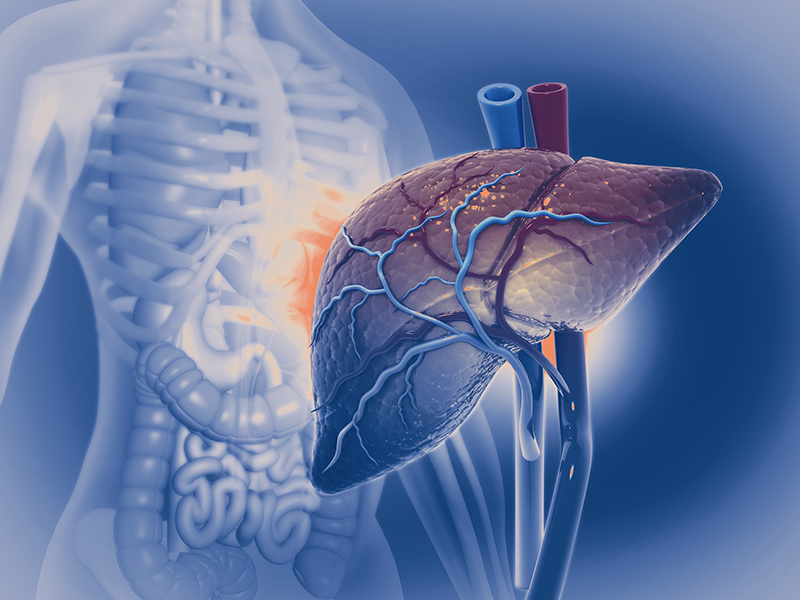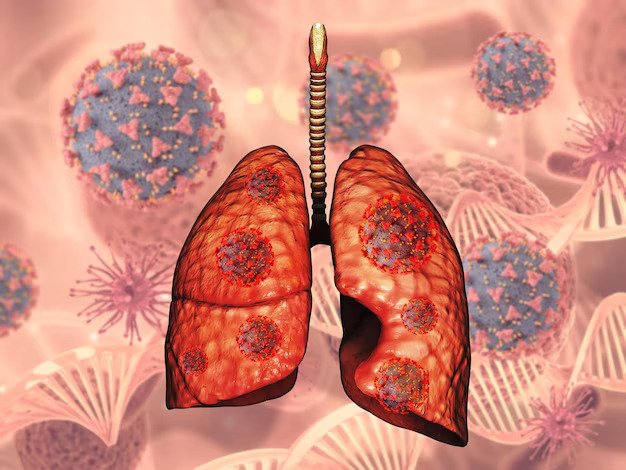Hepatobiliary Cancer Navigating the Complex Landscape of Liver and Bile Duct Cancers.
Hepatobiliary cancer refers to malignancies affecting the liver and bile ducts, encompassing a spectrum of diseases that pose significant challenges in diagnosis and treatment. These cancers, including hepatocellular carcinoma (HCC) and cholangiocarcinoma, demand a comprehensive understanding due to their intricate nature. In this article, we will explore hepatobiliary cancer, examining its types, risk factors, diagnostic methods, and evolving treatment approaches that contribute to the ongoing efforts to combat these formidable diseases.
Types of Hepatobiliary Cancer
- Hepatocellular Carcinoma (HCC)
- HCC is the most common type of primary liver cancer and usually arises in the hepatocytes, the main cell type in the liver. Chronic liver diseases, such as cirrhosis caused by hepatitis B or C infection, are significant risk factors for HCC.
- Cholangiocarcinoma:
- Cholangiocarcinoma originates in the bile ducts, which are responsible for carrying bile from the liver to the gallbladder and small intestine. This cancer can occur within the liver (intrahepatic) or outside the liver (extrahepatic) in the bile ducts.
Risk Factors
- Chronic Hepatitis Infections:
- Persistent infections with hepatitis B or C viruses significantly increase the risk of developing hepatobiliary cancer, particularly HCC.
- Cirrhosis:
- Chronic liver diseases leading to cirrhosis, whether due to viral infections, excessive alcohol consumption, or non-alcoholic fatty liver disease, elevate the risk of hepatobiliary cancer.
- Bile Duct Disorders:
- Conditions such as primary sclerosing cholangitis and biliary tract cysts may predispose individuals to cholangiocarcinoma.
- Environmental Factors:
- Exposure to certain environmental toxins and contaminants may contribute to the development of hepatobiliary cancer.
Diagnostic Approaches
- Imaging Studies:
- Techniques such as ultrasound, computed tomography (CT), and magnetic resonance imaging (MRI) are commonly employed to visualize the liver and bile ducts and identify potential tumors.
- Biopsy:
- A biopsy involves the extraction of a small tissue sample for microscopic examination, providing a definitive diagnosis of hepatobiliary cancer.
- Blood Tests:
- Elevated levels of certain markers, such as alpha-fetoprotein (AFP) for HCC, may indicate the presence of hepatobiliary cancer.
Treatment Strategies
- Surgery:
- Surgical interventions, including tumor resection, liver transplantation, or bile duct resection, are considered when the cancer is localized and amenable to surgical removal.
- Radiation Therapy:
- External beam radiation or internal radiation (brachytherapy) may be utilized to target and destroy cancer cells.
- Chemotherapy:
- Systemic chemotherapy or targeted therapy drugs may be prescribed to inhibit the growth of cancer cells or induce their destruction.
- Immunotherapy:
- Immunotherapy drugs aim to stimulate the immune system to recognize and attack cancer cells.
- Palliative Care:
- In advanced cases where a cure is not possible, palliative care focuses on relieving symptoms, improving quality of life, and providing emotional support.
Research and Evolving Treatments
Ongoing research in hepatobiliary cancer explores novel treatment modalities, including precision medicine, immunotherapies, and targeted therapies. Clinical trials play a crucial role in testing and advancing these promising interventions.
Conclusion
Hepatobiliary cancer presents a complex challenge, necessitating a multidisciplinary approach for effective management. Early detection, comprehensive diagnostic evaluations, and evolving treatment strategies contribute to improved outcomes and increased survival rates. As the landscape of cancer research and treatment continues to evolve, advancements in understanding hepatobiliary cancers offer hope for enhanced therapeutic options and better prognoses for individuals facing these formidable diseases. Regular screenings, awareness of risk factors, and seeking prompt medical attention for symptoms are critical in addressing hepatobiliary cancers and improving overall outcomes.








